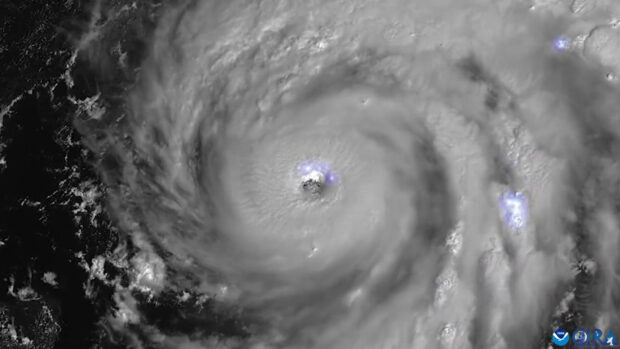A new report estimates $194 billion in economic losses due to global disasters for the first half of 2023.
According to Aon’s H1 2023 Global Catastrophe Recap, this is well above the 21st century average of $128 million, with only 27 percent covered by insurance.
An earthquake that hit Turkey and Syria in February caused nearly half of the total economic losses, the report noted, estimated at more than $91 billion. The event was not only the deadliest global disaster since 2010, it was also the costliest for the countries in modern history.
According to Aon, “despite relatively strict and modern building codes currently in place in Turkey, structural integrity and performance varied in the affected regions,” highlighting the need for continued regulation and enforcement of building codes. Several total collapses of multilevel residential buildings built recently were reported.
“Despite the reality that communities globally remain at risk of catastrophes, only about 27 percent of economic losses this year have been insured. These devastating events reinforce the importance of resilience and the mitigation of risk — such as enforcing building codes, which was highlighted by the Turkey and Syria earthquakes,” said Michal Lörinc, head of Catastrophe Insight, Aon.
“As we continue to face interconnected risks, we are focused on scaling risk mitigation and helping organizations make better decisions to close the global protection gap and enrich lives around the world,” he added.
Economic losses in the EMEA (Europe, Middle East and Africa) region were unprecedented at $111 billion, the report noted, far exceeding the previous H1 record of $71 billion set in 1990.
Global insured losses totaled $53 billion, 46 percent above the 21st-century average and closing in on a historical record set in 2011.
Even more dire, the analysis indicates this year’s economic losses constitute 60 percent of the average annual global total.
Societal factors including demographics, wealth distribution and inflation continue to impact disaster costs.
The adoption of technology to gain insights on catastrophic events in the future will help minimize losses, the report outlined.
Aon noted that due to a large protection gap for the peril, severe convective storm (SCS) activity in the United States was the most dominant global driver of insured losses.
In the first half of 2023, Aon found that U.S. SCS activity was responsible for at least 13 individual billion-dollar events and $35 billion in total preliminary insured losses, setting a new H1 record.
Back-to-back billion-dollar disasters impacted the North Island of New Zealand within a three-week period in the first quarter of 2023, Aon reported.
Remnants of Cyclone Gabriele and severe flooding in Auckland ranked as the fifth- and sixth-costliest events for insured losses in New Zealand overall, surpassed only by the earthquakes of 2010, 2011 and 2016, the report added.
Multiple Canadian provinces experienced prolonged wildfire activity resulting in more than 10 million hectares of scorched land. Thick smoke plumes generated hazardous air condition with potentially significant health impacts for tens of millions of people across North America, Aon reported. Though some populated areas reported hundreds of millions in economic losses, most of the fires did not cause significant material damage to property.
Extreme heatwaves occurred worldwide, the report added, with global sea surface temperatures remaining extremely high. In fact, recorded temperatures this year were higher than in any previous year since 1981, Aon stated. This trend is expected to continue into the second half of the year.





















 Legal Finance and Insurance: From Confusion to Collaboration
Legal Finance and Insurance: From Confusion to Collaboration  The Future of Knowledge in Insurance: From Training to AI-Powered Productivity
The Future of Knowledge in Insurance: From Training to AI-Powered Productivity  U.S. E&S Outlook No Longer Positive: AM Best
U.S. E&S Outlook No Longer Positive: AM Best  The Hardest Part of Innovation in Insurance Isn’t Technology; It’s Culture
The Hardest Part of Innovation in Insurance Isn’t Technology; It’s Culture 